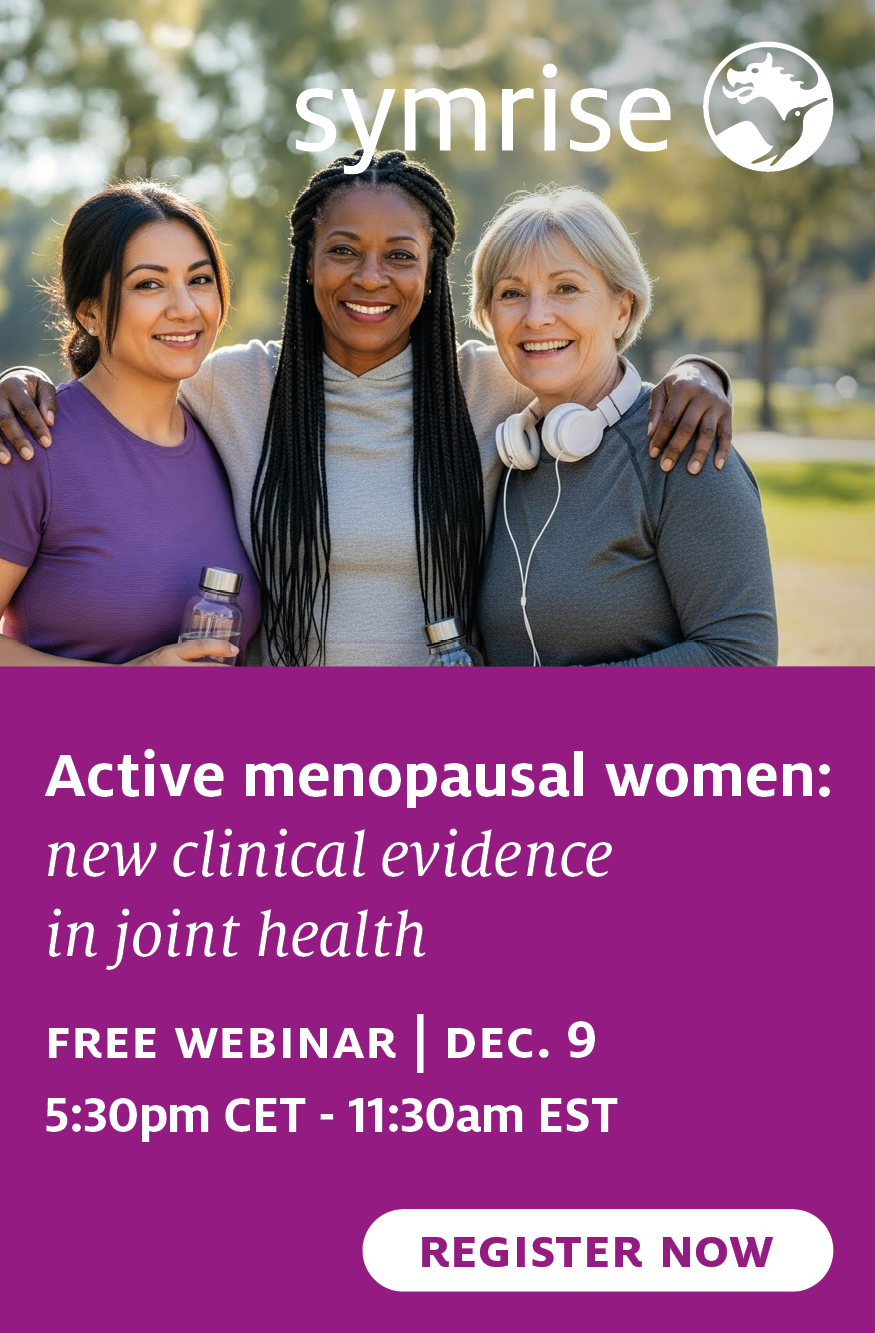Nutrition industry boom: Packaging design and label demands challenge producers

19 Jul 2023 --- The packaging industry is increasingly affected by the global consumer trend toward health awareness. This growth is encouraging packagers, designers and manufacturers to focus on optimized nutrition packaging designs.
According to Innova Market Insights, nutraceutical product launches tripled between 2017 and 2021. Meanwhile, Europe had the most nutraceutical launches in this period, making up 42% of the market share. The leading subcategory was sports powders, followed by botanical and herbal supplements, vitamins, minerals, sports bars, hair, skin and nails.
Supplement product launches are also growing globally, featuring a 16% average annual growth when comparing 2018 and 2022 launches, flags the market researcher. Bottles (71%) were the leading packaging format among the supplements tracked in 2022.

Packaging Insights speaks to Chas Aylsworth, business development manager at Trivium Packaging, Peter Görlitz, sustainability manager at Sonoco Consumer Products Europe, and Phillip Nessen, creative lead at Nessen, about how designing packaging for nutritional products differs from more standard packaging and what to expect from the sector going forward.
 Phillip Nessen designed packaging for a new suncare brand, Huey.Creating circular solutions
Phillip Nessen designed packaging for a new suncare brand, Huey.Creating circular solutions
Innova Market Insights found that Plastic (78%) was the leading packaging material among the supplements tracked in 2022. The top sustainability-related claims among global supplement product launches were Recyclable (16%), Made From Recycled Materials (2%) and Compostable (1%).
According to Görlitz, there is increasing demand for environmentally friendly nutritional packaging: “Sonoco expects the use of paper fibers in nutritional packaging to continue, and we fully support brands that undergo the conversion process to make their packaging more [environmentally] sustainable,” he says.
Aylsworth at Trivium adds: “A majority of the nutritional segment currently utilizes plastic packaging, which contributes to single use-plastic waste, and has a shorter shelf life. Our metal packaging is infinitely recyclable, and its natural properties extend the shelf life of the contents.”
“Our packaging can also be used in a refillable program, opening opportunities where brands see the potential for refillable options.”
The business development manager asserts that the process for designing packaging is typically the same regardless of the segment, distribution method or size of a company. Therefore, the process when creating nutrition packaging design is similar to other packaging solutions.
“Packages may have different shapes or sizes or internal coatings utilized to help best protect, promote and preserve the products they contain. The consumer’s ease of use of the package is also a consideration that depends on the product it contains,” he explains.
Nutritional labeling trends Peter Görlitz, sustainability manager at Sonoco Consumer Products Europe.
Peter Görlitz, sustainability manager at Sonoco Consumer Products Europe.
Meanwhile, Nessen notes the differences in nutritional labeling compared to other product labeling. He names the need for clear messaging around function, occasion and dosage regarding nutritional products, alongside the importance of label design.
“Highlighting what makes each product variant unique along with an easily shoppable color system is important. But most important is a strong, memorable brand visual to act as a mnemonic.”
Görlitz echoes Nessen, explaining that nutrition packaging design has alternate requirements to other products. “Nutritional packaging needs to keep the product it holds fresh and airtight to maximize its shelf life. This can be achieved with the inclusion of medium- to high-barrier properties,” he says.
Minimal and refined techniques are being used to impress wellness and personal care customers. Nessen notes that products that have been on the market for 15 years are now looking for a clean design refresh.
On the other hand, new challengers in the space are appealing to a younger audience with bold colors and unexpected typefaces for nutritional products.
“To better leverage its real estate, packaging is shedding unnecessary claims and taglines to increase the scale of logos and achieve a better signal-to-noise ratio for the pack’s messaging. Brands will continue decluttering their pack fronts and focus only on necessities,” he says.
 Trivium’s vitamin shots are made from aluminum.Pharma-inspired solutions
Trivium’s vitamin shots are made from aluminum.Pharma-inspired solutions
While Trivium is relatively new to nutrition packaging, it calls on its experience in pharmaceutical packaging. “We have been producing packaging for powdered nutritional products such as infant milk formula for many years,” says Aylsworth.
The company is working on new formats, including fill sizes, closure methods and shapes in packaging for nutrition packaging design. Aylsworth notes its focus on tamper-proof pharma packaging solutions.
“The induction seal is a consistent request for the aluminum format, as many brands require two forms of tamper evidence. The ability to apply an induction seal and a tamper-evident neck band solves the requirement for two forms of tamper evidence without requiring additional secondary packaging, thereby allowing the aluminum bottle to stand out on the shelf, providing beautiful differentiation,” he explains.
One driver of innovation in nutrition packaging design is the rise of supplement launches. Innova Market Insights reported a 26% increase in supplement launches over the past five years between October 2017 to September 2022.
Clinical considerations
The clinical nature of nutraceutical labeling throws up additional challenges for packaging designers.
“Nutritional, wellness and healthcare packaging design has dual responsibilities – it’s a unique and memorable billboard for a brand, but it must also promise efficacy,” explains Nessen.
“If the packaging is too clinical, it will look generic and won’t justify its price. We identify what makes the brand most trustworthy, likely its ingredients or its history, and build visual elements for the brand that draws the customer’s attention back to that single point of focus.”
Aylsworth adds the challenges for nutrition packaging design lie in the formulations and brand requirements: “Each product is unique and has different formulations that need to be accounted for with the used packaging.”
By Sabine Waldeck













